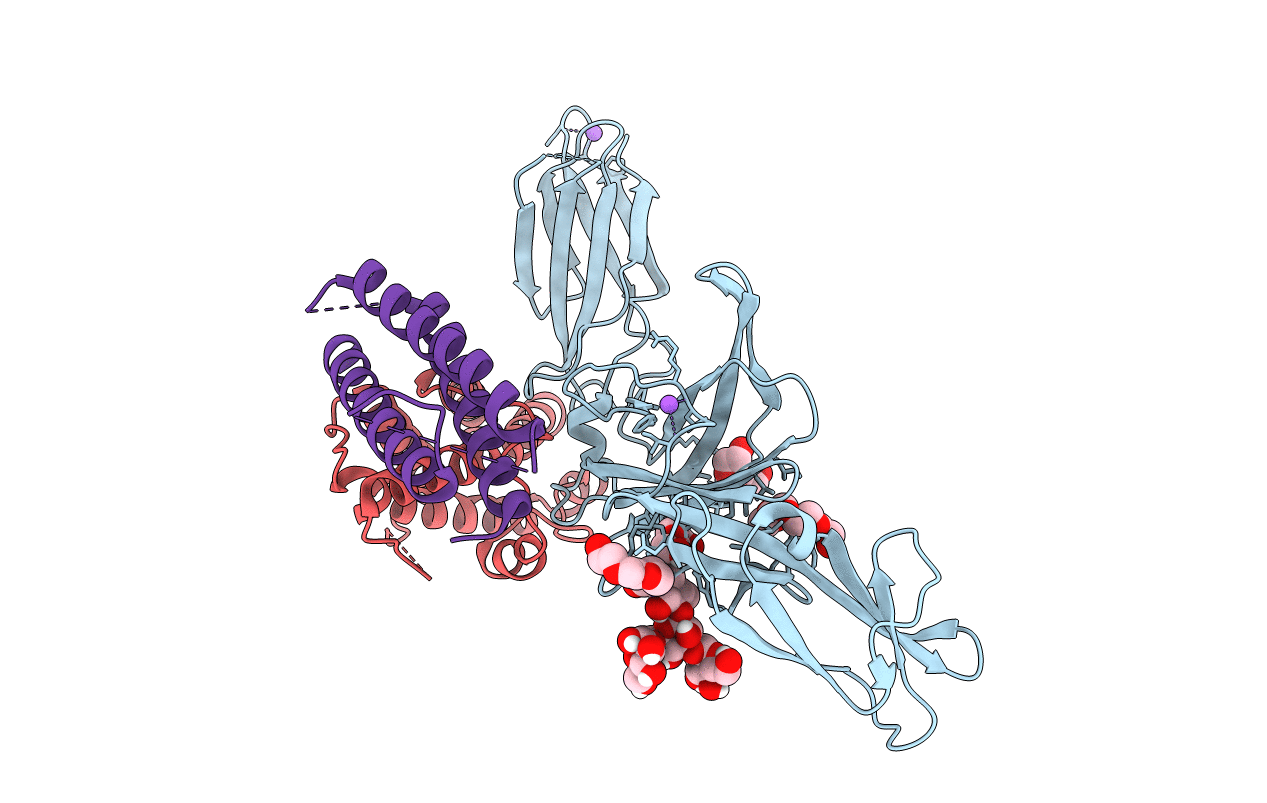
Deposition Date
2016-11-29
Release Date
2017-01-11
Last Version Date
2024-01-17
Entry Detail
PDB ID:
5MJ3
Keywords:
Title:
INTERLEUKIN-23 COMPLEX WITH AN ANTAGONISTIC ALPHABODY, CRYSTAL FORM 1
Biological Source:
Source Organism:
Homo sapiens (Taxon ID: 9606)
synthetic construct (Taxon ID: 32630)
synthetic construct (Taxon ID: 32630)
Host Organism:
Method Details:
Experimental Method:
Resolution:
1.74 Å
R-Value Free:
0.19
R-Value Work:
0.16
Space Group:
P 1 21 1


